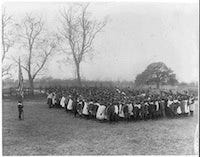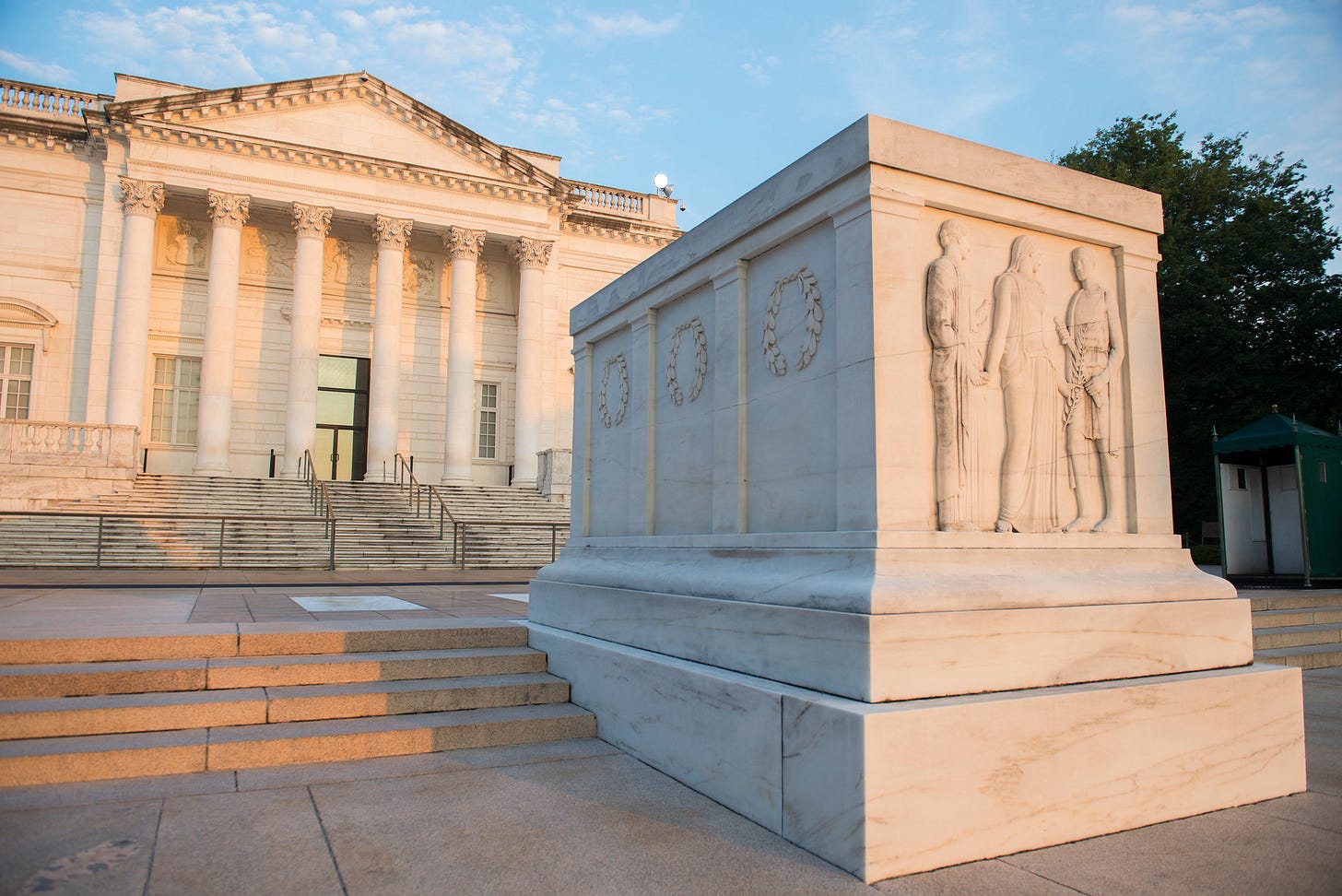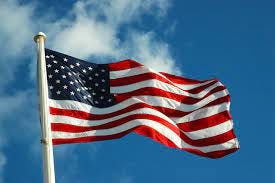Formerly Enslaved Black Americans Celebrate the First Decoration Day
Issue #59: American History
Memorial Day in the United States is observed on the last Monday of May. The sole purpose of Memorial Day is to honor those who died while serving in any branch of the military.
Many people mistakenly use this day to remember those family members, friends, and colleagues who are veterans but died after their service was completed. I’ve seen some people say that on Memorial Day we should honor those health care workers who died during COVID, or honor first responders who died while performing their duties.
While those remembrances are nice and probably healing and well-meaning, those people are not who we honor on Memorial Day.
I have many family members who served, including my father, my uncles, and several cousins. But they died after their service, often decades later. Veterans Day, observed every year on November 11, is meant to honor all veterans.
The Origins of Memorial Day
Memorial Day was originally known as Decoration Day, from the time it was originally observed, right after the Civil War, with people decorating with flags and flowers the graves of those who died while in service.
The Civil War claimed more lives than any other conflict in United States history, and began the establishment of the country’s first national cemeteries.
One of the earliest Decoration Day ceremonies was organized by a group of formerly enslaved people in Charleston, South Carolina, in May 1865, less than a month after the Confederacy surrendered.
At the time, the Washington Race Course and Jockey Club was transformed into a makeshift prison for Union soldiers captured by the Confederate Army. More than 260 Union soldiers died from disease and exposure, and their bodies were quickly buried in a mass grave behind the grandstands.
Almost immediately after the Confederate surrender at Appomattox, Virginia, former enslaved men and women exhumed the bodies from the mass grave in Charleston and reinterred them in a new cemetery.
On May 1, 1865, more than 10,000 people, including the formerly enslaved and white missionaries, staged a parade around the race track, with Black schoolchildren carrying bouquets of flowers. Members of the all-Black 54th Massachusetts regiment were in attendance and performed double-time marches.
This was the earliest recorded observation of Decoration Day, in Charleston, South Carolina, the city and location where the Civil War started in April 1861 with the attack on Fort Sumpter.
However, in 1996, the United States officially named Waterloo, New York as the “birthplace” of Memorial Day because on May 5, 1866, Waterloo hosted a community-wide event where businesses were closed and residents decorated the graves of soldiers with flowers and flags.
The Evolution of Memorial Day
On May 5, 1868, General John A. Logan, the then-leader of the Northern Civil War veterans called for a national day of remembrance for Civil War veterans. He chose May 30th as the official date because that date was not associated with any particular battle. By 1890, every state had declared May 30 as a state holiday.
Today, nine southern states also officially recognize a Confederate Memorial Day, with events held on the birthday of Jefferson Davis, the president of the Confederacy.
Although originally meant to commemorate those soldiers lost in the Civil War, after the United States had many other wars, Memorial Day has evolved to honor all military lost during all conflicts and wars, including Iraq and Afghanistan.
Memorial Day was not officially recognized nationally until the 1970s when so many Americans died in Vietnam.
For over one hundred years, Memorial Day was observed on May 30, no matter the day of the week on which the date fell. However, in 1968, Congress passed the Uniform Monday Holiday Act, establishing Memorial Day as a federal holiday to be observed on the last Monday in May so that federal employees could have a 3-day weekend. The change went into effect in 1971, and by then also included Presidents Day, which is observed on the 3rd Monday in February, and Columbus Day on the 2nd Monday in October, which is also the official Thanksgiving Day in Canada. Later, Rev. Dr. Martin Luther King Day was added as a remembrance on the 3rd Monday in January. In October 2021, President Joe Biden declared that the 2nd Monday in October would now be known as Indigenous Peoples’ Day while keeping Columbus Day as the name of the official federal holiday.
Other official federal holidays, including New Year’s Day (January 1), Juneteenth (June 19), Independence Day (July 4), Thanksgiving (last Thursday of November), and Christmas Day (December 25), are still observed on their original dates, no matter the day of the week on which they fall.
For over twenty years, the late Senator Daniel Inouye (D-HI), a decorated World War II veteran, unsuccessful lobbied for Memorial Day to return to its original date of May 30.
How Memorial Day is Observed Today
The Tomb of the Unknown Soldier
Since World War I, wearing a poppy on Memorial Day has been a tradition based on a poem written about that time.
Most Memorial Day celebrations include parades by veterans and speeches by politicians, visits to cemeteries to “decorate” the graves of those lost in battle, and thousands of veterans making an annual pilgrimage to the Vietnam Veterans Memorial Wall in Washington D.C.
The official time for remembrance on Memorial is 3 pm.
The President of the United States annually lays a wreath on the Tomb of the Unknown Soldier at Arlington National Cemetery in Washington, D.C. Since 1937, members of the 3rd U.S. Infantry Regiment have guarded the Tomb, taking exactly 21 steps in each direction. The “Old Guard” as the soldiers are known, guards the Tomb 24/7, no matter the weather.
The American Flag should be hung at half-staff until noon when it is raised back to the top.
The Lincoln Memorial was dedicated on Memorial Day, 1922.
Memorial Day is also celebrated as the unofficial start of summer, with people having barbecues and picnics, and is the only warm-weather three-day weekend until Labor Day in September.
No matter how you feel about war overall, it is still a fact that over 1.3 million Americans have died while in service, and today is the day to honor them. The United States flag represents all of us, not just the vocal right-wing minority who tries to declare only themselves as true patriots.







